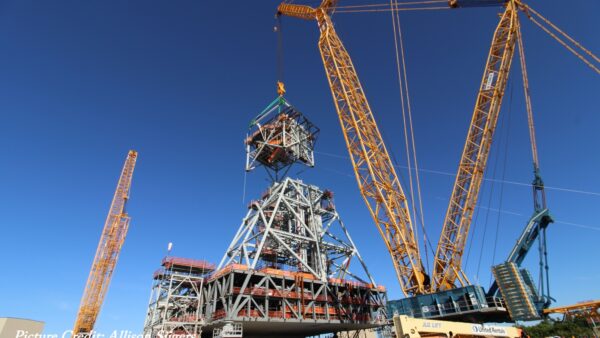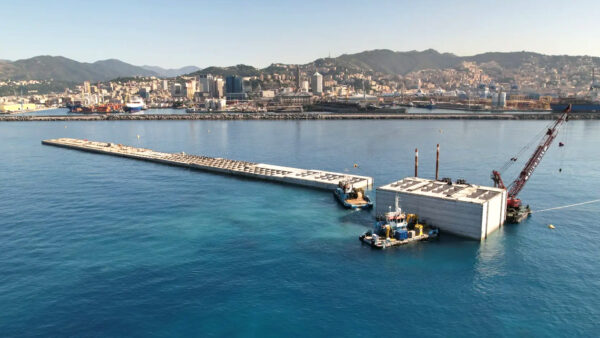2 October 2013
There are two way of describing a tall building: “tall” and “megatall”.
It used to be “tall” and “supertall”, but “supertall” – meaning higher than 300m – was thrown out by the Council on Tall Buildings and Urban Habitat (CTBUH) in 2011.
That’s because it didn’t do justice to the Burj Khalifa (828m), built the year before, and others planned such as China’s Sky City (838m) and Saudi Arabia’s Kingdom Tower (1km!).
These giants were in a league of their own, so now we’re supposed to say “megatall” which means anything over 600m.
During 2012, a total of 66 new “tall” buildings, 200m and higher, were built around the world.
But while cities in the West such as London and New York can boast “tall” buildings, “megatall” is the preserve of the East.
Before 2010, when the Burj topped out, there weren’t any megatall buildings. Now the CTBUH thinks there will be at least 10 in the world by 2020.
In the 1980s the top 10 tall buildings were all in North America, nine in the US and one in Canada.
Now, nine of the world’s 10 tallest buildings are in the Middle East and Asia.
UK-based consultant EC Harris, who is project manager with Mace on the Kingdom Tower in Jeddah, has produced a white paper on the phenomenon – “Megatall: What does it take?” – which sheds some light on why the East has stolen the march on megatall.

Dubai’s Burj Khalifa, launched in 2010, is currently the world’s tallest building (Wikimedia Commons)
The key drivers, which will come as no surprise, are wealth, power and limited space.
As the economies of countries in the East grew, so did the height of their buildings, partly because it made economic sense and partly as an expression of pride.
“Historically, North America signalled its economic dominance by building tall but its mantle was overtaken by Asian economies, particularly China, when the economic balance of power moved east,” said EC Harris head of property in the Middle East, Terry Tommason.
“Now, the Middle East, with its booming economy, is set to shift the balance once again.”
Spoiling the view
EC Harris gives four specific reasons for the shift from West to East.
-
Planning: Asia and the Middle East have more relaxed planning regimes, while mature Western cities tend to want to freeze and preserve their skylines.
-
Land value and the economy: In emerging markets land values are relatively low and the economies are growing, while in the West land values are high and GDP growth has stagnated.
-
Crowding: Urban populations are growing fast in Asia, and land is scarce, so in many cases the only direction left to build is up.
-
Prestige: Emerging markets want recognition. Iconic and tall buildings are seen as bestowing prestige.

(EC Harris)
The report also offers some advice, such as:
-
Façade systems can increase the construction budget by up to 10% and the total costs of the façade can amount to 20% of the total shell and core cost of the tower, so don’t just think aesthetics, think thermal, acoustic and structural performance;
-
Not all tall buildings need to be iconic or “cutting edge”, but they do need to embody “quality”: they have to be well conceived, designed, managed and constructed, to align to market and tenant requirements;
-
Double decker lifts can reduce tower core area requirements;
-
Because landmark high rises may increase the value of nearby land, it may be okay to view towers as ‘loss leaders’ in a bigger development; the Burj Khalifa may fall into this category.
Overall, building megatall takes guts.
“The construction market in the Middle East has continually shown this tenacity and expertise in the last decade or so,” said Terry Tommason, “which combined with its economic growth is why it is now taking the lead in outstripping the West.”
The EC Harris report is here






